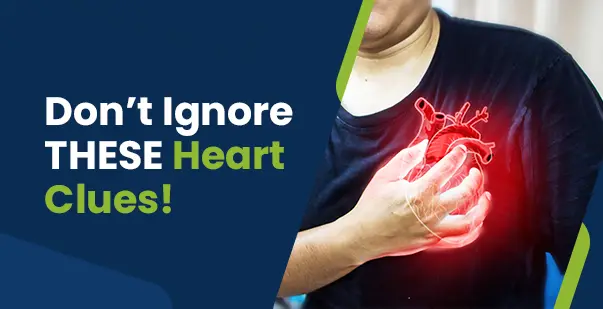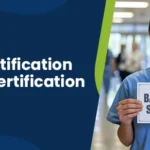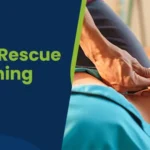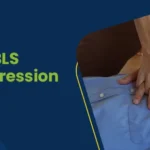Table of Contents:
- What Is a Heart Attack?
- Major Signs of a Heart Attack in Women
- What Does a Mini Heart Attack Feel Like in a Woman?
- What Is a Pre-Heart Attack?
- Common Risk Factors and Prevention of Heart Attacks
- Take Action: Protect Your Heart and Save Lives!
You wake up feeling a little off, maybe it is indigestion, a tightness in your jaw, or just unusual fatigue. Nothing alarming, right? But what if these subtle symptoms were your body’s way of signaling a heart attack? According to the American Heart Association (AHA), every 40 seconds, someone in the United States has a heart attack. Yet, many people fail to recognize the warning signs.
Most people think heart attacks are associated with crushing chest pain. In fact, in real life, the symptoms can be insidious, misleading, or even non-existent until it is too late. Women, for instance, might not have the classical chest pain often depicted in the movies during a heart attack. Rather, they might have nausea, dizziness, or back pain. This ignorance results in delayed medical attention, thus putting women at increased risk of serious complications or even death. So, continue reading to know the signs of a heart attack, particularly in women, risk factors, and what to be aware of.
What Is a Heart Attack?
A heart attack, also known as a myocardial infarction, occurs when the heart does not get enough oxygen-rich blood. This usually happens due to a blockage in the coronary arteries, which supply blood to the heart. The blockage is often caused by a buildup of fatty deposits (plaque) in the arteries, a condition known as coronary artery disease (CAD). When the blood supply is cut off, the heart muscle gets damaged. If the blockage is not treated quickly, the heart muscle can die, leading to severe complications or even death.
Major Signs of a Heart Attack in Women
According to a report by the Centers for Disease Control and Prevention (CDC), every year, about 805,000 people in the United States experience a heart attack. Moreover, heart disease is a leading cause of death in women, but many do not recognize the warning signs. The signs of a heart attack in women can be different from those in men and may not always include severe chest pain.
Some of these symptoms may appear weeks before a heart attack, so paying attention to early warning signs can help prevent serious complications. Common heart attack signs in women include:
-
Indigestion or Nausea
Before a heart attack, some women may experience digestive discomfort, including indigestion, nausea, or even vomiting. This occurs because reduced blood flow to the heart can affect digestion. If nausea happens suddenly or is accompanied by chest pain, shortness of breath, or dizziness, it could indicate an underlying heart problem.
-
Swelling in Legs or Ankles
Swelling in the legs, ankles, or feet, known as edema, may be an early warning sign of a heart attack. When the heart struggles to pump blood effectively, fluid builds up in the lower extremities. If swelling occurs suddenly or worsens over time, it may indicate heart failure or poor circulation.
-
Irregular Heartbeat
An irregular heartbeat, or arrhythmia, can feel like fluttering, rapid beating, or skipped heartbeats. It may result from reduced blood supply to the heart, affecting electrical signals. If irregular heart rhythms occur frequently, last several minutes, or are accompanied by dizziness or chest pain, seek medical attention immediately.
-
Pain in Other Parts of Your Body
Heart attack pain is not always associated with the chest. Women may feel discomfort in the neck, jaw, shoulders, upper back, or arms. This occurs because heart-related pain can radiate to other areas due to nerve connections. Persistent or unusual pain in these areas should not be ignored.
-
Unusual Fatigue, Even After Resting
Extreme or persistent fatigue can be an early sign of a heart attack. When the heart struggles to pump blood efficiently, oxygen supply decreases, leading to exhaustion. If fatigue lasts several days, worsens over time, or occurs alongside dizziness and breathlessness, a cardiovascular evaluation is recommended.
-
Trouble Sleeping
Difficulty sleeping, frequent nighttime awakenings, or restlessness might be common heart attack signs. When the heart does not pump effectively, oxygen circulation is affected, disrupting sleep. Sleep disturbances, especially when combined with fatigue or breathlessness, could indicate an underlying heart issue and should be discussed with a doctor.
-
Shortness of Breath During Normal Activities
Breathlessness with everyday tasks, such as walking or climbing stairs, can signal heart problems. When the heart cannot pump blood efficiently, oxygen supply to the body decreases, making breathing difficult. If shortness of breath occurs suddenly or worsens over time, immediate medical evaluation is necessary.
-
Mild Chest Discomfort That Comes and Goes
Women may experience mild or intermittent chest discomfort instead of severe pain. It can feel like pressure, squeezing, or tightness that comes and goes. This occurs when blood flow to the heart is restricted. If chest discomfort lasts several minutes or recurs frequently, it should be taken seriously.
-
Sweating
Excessive sweating, especially cold sweats, can be an early sign of a heart attack. The nervous system responds to heart distress by activating sweat glands. If sudden sweating occurs without physical exertion and is accompanied by chest discomfort, nausea, or dizziness, it may indicate an urgent heart problem requiring medical attention.
Read More: What are the Stages of the Cardiac Cycle?
What Does a Mini Heart Attack Feel Like in a Woman?
A mini heart attack, also called a silent heart attack or mild heart attack, happens when there is a temporary or partial blockage in the arteries. Many women do not realize they have had one because the symptoms are mild or mistaken for other health issues. The mini heart attack symptoms in women include:
- Mild chest discomfort or tightness
- Feeling lightheaded or dizzy
- Nausea or indigestion
- Fatigue that lasts for days
- Pain in the upper body, such as the arms, back, or jaw
Even though these heart attack symptoms for women seem minor, a mini heart attack increases the risk of a serious heart attack in the future. If you experience these symptoms, see a doctor for a check-up.
What Is a Pre-Heart Attack?
A pre-heart attack, also known as unstable angina, is a condition where the heart does not get enough blood for a short period. It is a warning sign that a heart attack could happen soon. The pre-heart attack symptoms include:
- Chest pain that comes and goes
- Pain in the neck, jaw, arms, or back
- Shortness of breath
- Dizziness or nausea
- Sweating without exertion
These symptoms can occur even when resting and may last longer than usual chest pain. If you experience them, it is important to seek medical help immediately to prevent a full-on heart attack.
Common Risk Factors and Prevention of Heart Attacks
High blood pressure, or hypertension, is a major risk factor for heart attacks, particularly in women. Women over 65 are more likely than men to have high blood pressure, increasing their risk of heart disease. The following table outlines these risk factors, their impact, and strategies for prevention:
| Risk Factor | Why It Increases Risk | Prevention Strategies |
| Age (Risk Increases as You Get Older) | Blood vessels become less flexible, and plaque buildup increases over time. | Regular health check-ups, a heart-healthy diet, and staying active. |
| Family History of Heart Disease | Genetic predisposition to heart disease, high blood pressure, and cholesterol. | Monitor heart health, maintain a healthy lifestyle, and manage other risk factors. |
| Menopause (Lower Estrogen Levels) | Estrogen helps keep blood vessels flexible and supports good cholesterol. After menopause, heart disease risk rises. | Maintain a heart-healthy diet, exercise regularly, and consult a doctor for hormone-related concerns. |
| High Blood Pressure | Puts extra strain on the heart, damages arteries, and increases heart attack risk. | Regular blood pressure checks, reducing salt intake, and staying physically active. |
| High Cholesterol Levels | Excess LDL (low-density lipoprotein) cholesterol leads to plaque buildup, restricting blood flow. | Eating a balanced diet, limiting saturated fats, and taking prescribed medications if needed. |
| Smoking | Damages blood vessels, lowers oxygen levels, and increases plaque buildup in arteries. | Quitting smoking, avoiding secondhand smoke, and seeking professional support if needed. |
| Obesity | Increases the likelihood of high blood pressure, diabetes, and cholesterol problems. | Maintaining a healthy weight through diet and regular exercise. |
| Diabetes | High blood sugar damages blood vessels and nerves that control the heart. | Managing blood sugar levels through medication, diet, and lifestyle changes. |
| Lack of Physical Activity | Leads to a weaker heart, poor circulation, and increased cardiovascular risk. | Engaging in at least 150 minutes of moderate exercise per week. |
| Stress | Increases cortisol levels, leading to high blood pressure and unhealthy habits. | Practicing relaxation techniques, exercise, and stress management strategies. |
| Unhealthy Diet | High intake of processed foods, salt, and unhealthy fats contributes to obesity and heart disease. | Eating more fruits, vegetables, whole grains, and lean proteins while reducing unhealthy fats and sugars. |
Read More: Heart Palpitations: Symptoms, Causes & Treatment
Take Action: Protect Your Heart and Save Lives!
Heart attacks don’t always look the same in women as they do in men. Women often experience subtle or unusual symptoms like nausea, jaw pain, unexplained fatigue, or shortness of breath. But, they could be mistaken for minor problems like the flu, stress, or indigestion. If you ever feel “off” or experience any of these warning signs of a heart attack, trust your instincts and seek medical help immediately. Never wait for the pain to get worse. The faster you act, the better your chances of recovery.
The best way to protect yourself and others is to learn life-saving skills. So, take the next step and enroll in an ACLS course today and be prepared for any heart-related emergency!
